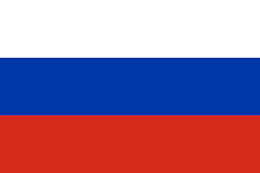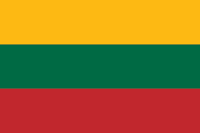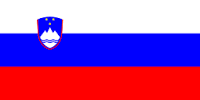As users, we have already had the opportunity to experience the power and versatility of server-side functions – for example, in Chapter 5, Advanced Statements, we used a query similar to the following:
forumdb=# select * from categories where upper(title) like 'A%';
pk | title | description
----+---------+-------------
10 | apple | fruits
14 | apricot | fruits
(2 rows)
In this piece of code, the upper function is a server-side function; this function turns all the characters of a string into uppercase. In this chapter, we will acquire the knowledge to be able to write functions such as the upper functions that we called in the preceding query.
In this section, we'll talk about data types. We will briefly mention the standard types managed by PostgreSQL and how to create new ones.
The concept of extensibility
What is extensibility? Extensibility is PostgreSQL's ability to extend its functionality and its data types. Extensibility is...












































































